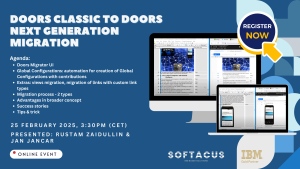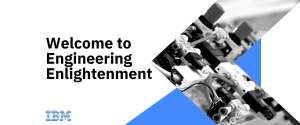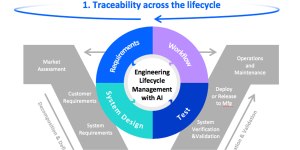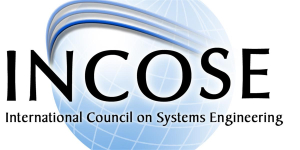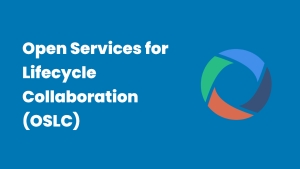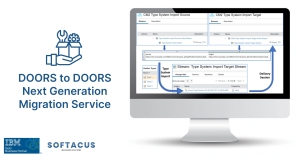Displaying items by tag: ALM
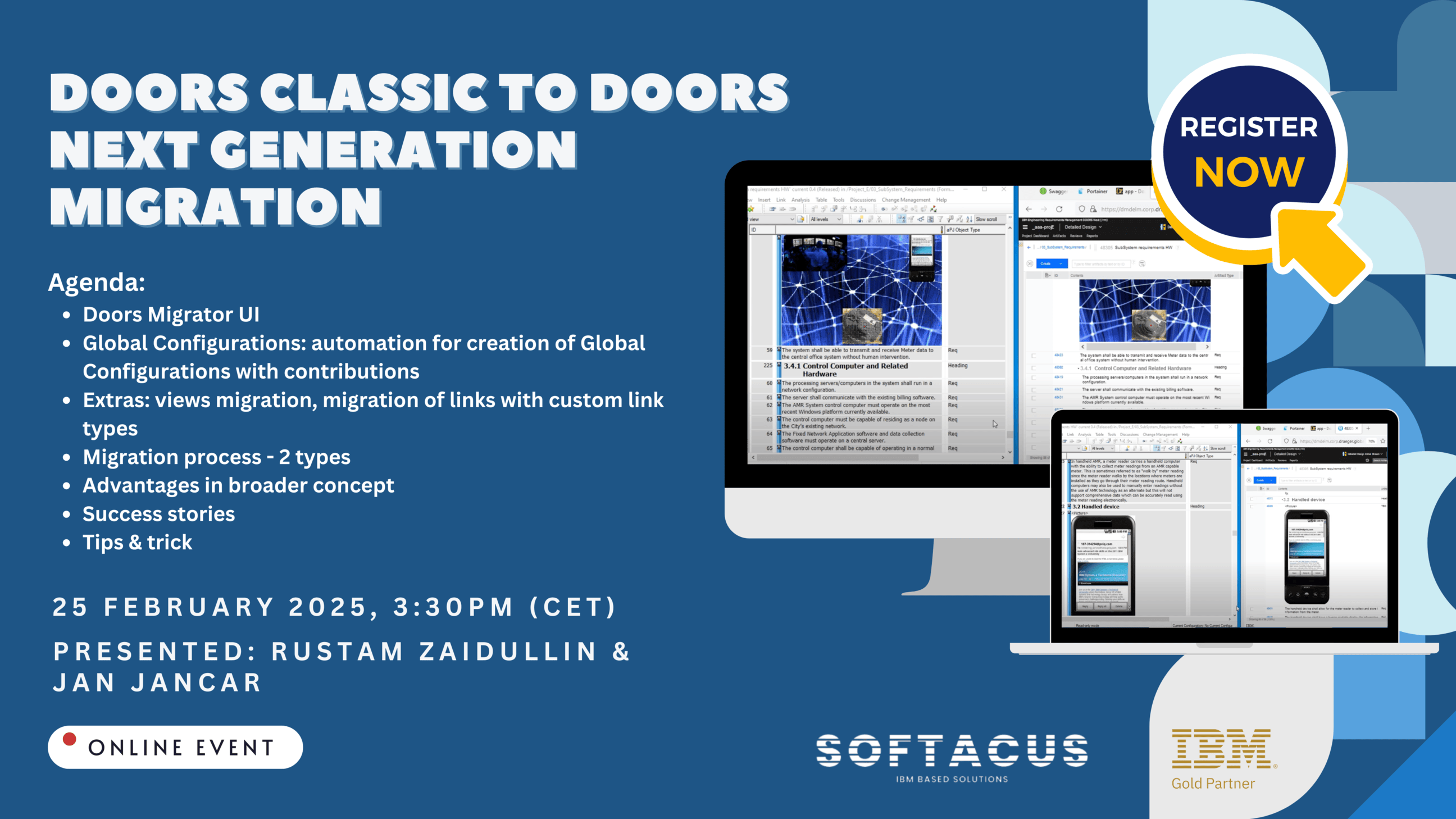
Are you considering a move from IBM DOORS Classic to DOORS Next Generation (DNG)? With increasing demands for collaboration, traceability, and modern workflows, migrating to DNG is becoming essential for many organizations.
However, migration isn’t just about switching tools—it requires careful planning, technical expertise, and a strategic approach. In our upcoming webinar, industry experts will walk you through the migration process, best practices, and real-world insights to ensure a seamless transition.
Yet, migration isn’t a simple click of a button. It requires careful planning, technical expertise, and a clear understanding of best practices—which is exactly what we’ll cover in our upcoming webinar.
Webinar Details
📅 Date: 25 February 2025
🕞 Time: 3:30 PM (CET)
💻 Format: Online Webinar
🎤 Speakers: Rustam Zaidullin & Jan Jancar
Link for registration: https://zoom.us/meeting/register/ocRKOfVyR2S-lZW30mYx6w

This is session 7 of 7 that covers the IBM ELM tool suite.
IBM Engineering Lifecycle Management (ELM) is the leading platform for today’s complex product and software development. ELM extends the functionality of standard ALM tools, providing an integrated, end-to-end solution that offers full transparency and traceability across all engineering data. From requirements through testing and deployment, ELM optimizes collaboration and communication across all stakeholders, improving decision- making, productivity and overall product quality.
Presented by: Jim Herron of Island Training.
When: Oct 13, 2022 from 09:00 AM to 10:00 AM (PT)
The AUTOSAR Adaptive platform standard has been introduced to cope with the complex software-driven functionality of vehicles, of which autonomous driving is probably the most prominent one. In this webinar, we will look into the workflows implementing AUTOSAR Adaptive components, and we will discuss how AUTOSAR Classic and Adaptive workflows can be combined. OEM and supplier workflow will be highlighted. Furthermore, we will also discuss migration strategies from AUTOSAR Classic to Adaptive.
AUTomotive Open System ARchitecture (AUTOSAR) is a development partnership of automotive interested parties founded in 2003. It pursues the objective to create and establish an open and standardized software architecture for automotive electronic control units (ECUs). Goals include the scalability to different vehicle and platform variants, transferability of software, the consideration of availability and safety requirements, a collaboration between various partners, sustainable use of natural resources, and maintainability during the product lifecycle.
IBM Engineering Lifecycle Management (ELM) is the leading platform for today’s complex product and software development. ELM extends the functionality of standard ALM tools, providing an integrated, end-to-end solution that offers full transparency and traceability across all engineering data. From requirements through testing and deployment, ELM optimizes collaboration and communication across all stakeholders, improving decision- making, productivity and overall product quality.
Speaker:
Moshe Cohen - Senior Offering/Product Manager - Engineering Lifecycle Management
Walter van der Heiden - Owner/CTO
Register here
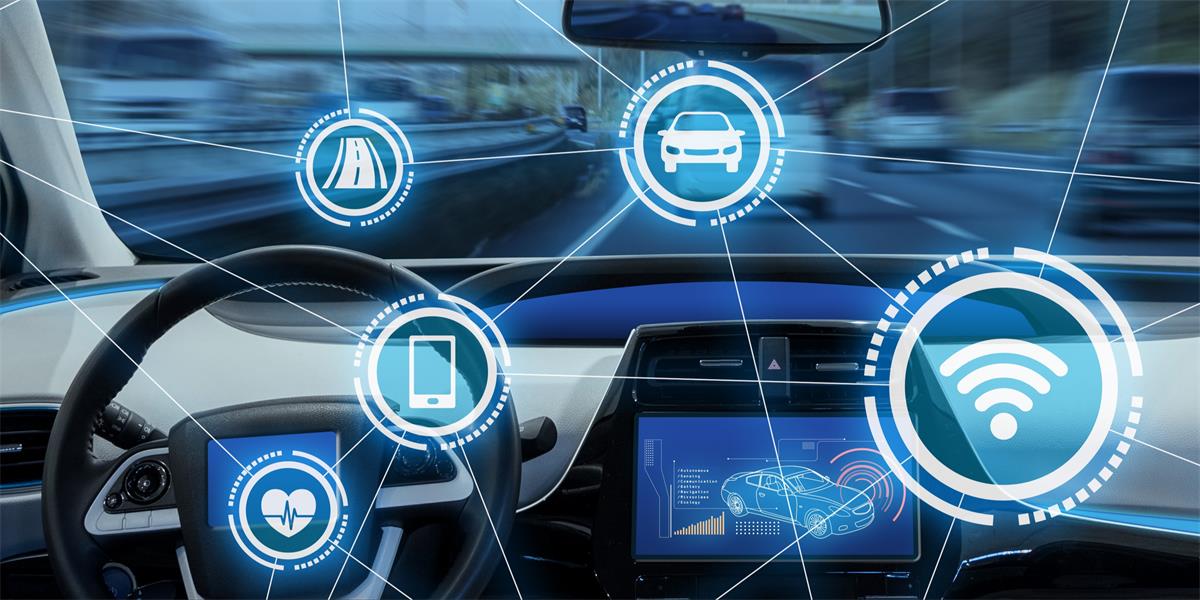
AUTOSAR classic replaces some proprietary Automotive architectures in order to create consistency and efficiency across the development supply chain for automotive applications. In this webinar we will dive into the AUTOSAR related workflows, from an OEM and from a supplier's point of view. The demo part will focus on how to develop AUTOSAR software components starting from SysML, applying early verification and validation, all the way down to automatic prodcution code generation.
AUTomotive Open System ARchitecture (AUTOSAR) is a development partnership of automotive interested parties founded in 2003. It pursues the objective to create and establish an open and standardized software architecture for automotive electronic control units (ECUs). Goals include the scalability to different vehicle and platform variants, transferability of software, the consideration of availability and safety requirements, a collaboration between various partners, sustainable use of natural resources, and maintainability during the product lifecycle.
IBM Engineering Lifecycle Management (ELM) is the leading platform for today’s complex product and software development. ELM extends the functionality of standard ALM tools, providing an integrated, end-to-end solution that offers full transparency and traceability across all engineering data. From requirements through testing and deployment, ELM optimizes collaboration and communication across all stakeholders, improving decision- making, productivity and overall product quality.

This webinar will introduce AUTOSAR, providing an overview on the concepts behind classic and adaptive platform. We will also briefly cover the workflows for both standards, from high-level system architecture, all the way down to automatically generating production code for AUTOSAR software components.
AUTomotive Open System ARchitecture (AUTOSAR) is a development partnership of automotive interested parties founded in 2003. It pursues the objective to create and establish an open and standardized software architecture for automotive electronic control units (ECUs). Goals include the scalability to different vehicle and platform variants, transferability of software, the consideration of availability and safety requirements, a collaboration between various partners, sustainable use of natural resources, and maintainability during the product lifecycle.
IBM Engineering Lifecycle Management (ELM) is the leading platform for today’s complex product and software development. ELM extends the functionality of standard ALM tools, providing an integrated, end-to-end solution that offers full transparency and traceability across all engineering data. From requirements through testing and deployment, ELM optimizes collaboration and communication across all stakeholders, improving decision- making, productivity and overall product quality.
Webinar - IBM ELM SERIES #5: Source Control and Build Management with IBM® Engineering Workflow Sour
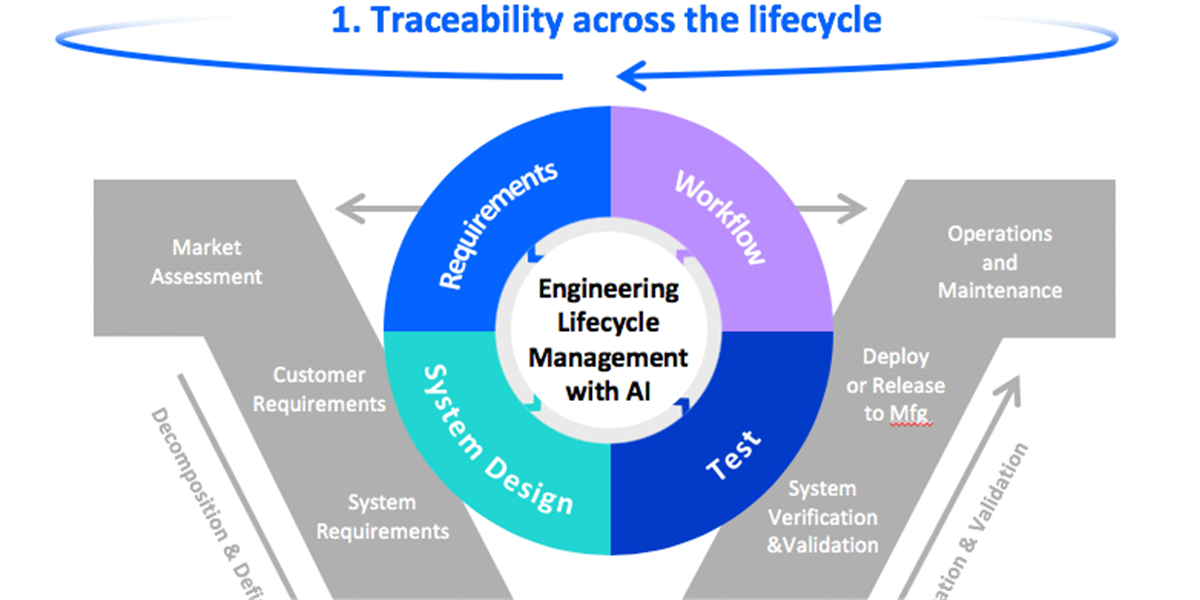
This is session 5 of 7 that covers the IBM ELM tool suite.
IBM Engineering Lifecycle Management (ELM) is the leading platform for today’s complex product and software development. ELM extends the functionality of standard ALM tools, providing an integrated, end-to-end solution that offers full transparency and traceability across all engineering data. From requirements through testing and deployment, ELM optimizes collaboration and communication across all stakeholders, improving decision- making, productivity and overall product quality.
Presented by: Jim Herron of Island Training
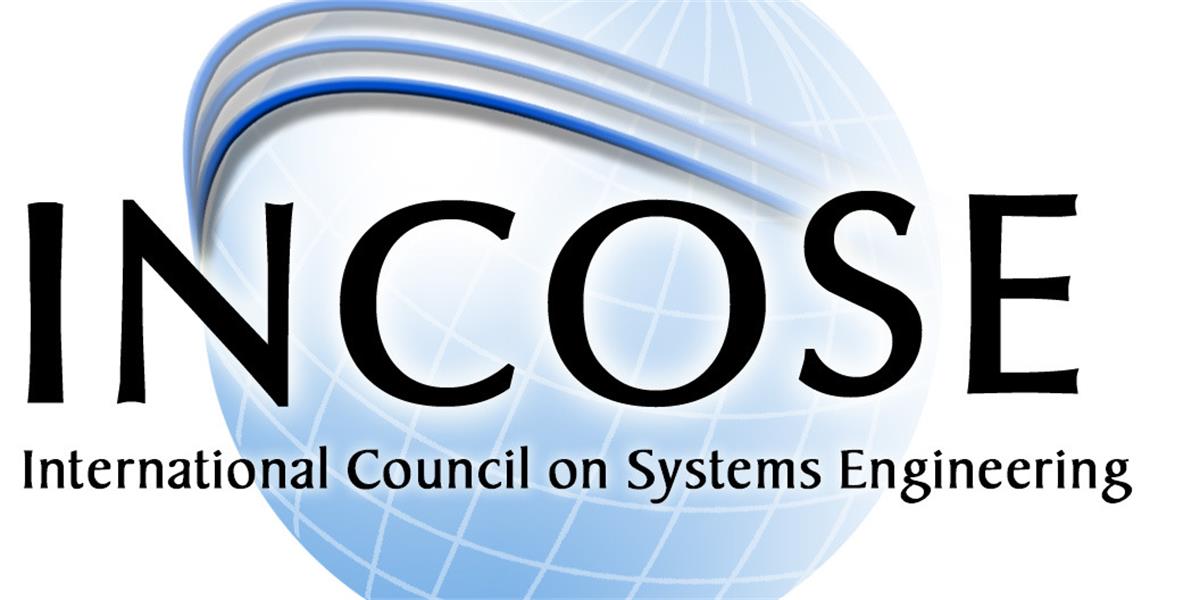
This presentation will address:
• The critical role of architecture in addressing complexity
• Developing better architectures through MBSE
• Connecting the engineering lifecycle and greater enterprise through architecture
• The benefits of Architecture-Driven Engineering.
As products become more complex and our environment becomes more dynamic, successfully delivering the right product is more challenging than ever. As we unleash the power of architecture, we better translate customer needs into product success.
IBM Engineering Lifecycle Management (ELM) is the leading platform for today’s complex product and software development. ELM extends the functionality of standard ALM tools, providing an integrated, end-to-end solution that offers full transparency and traceability across all engineering data. From requirements through testing and deployment, ELM optimizes collaboration and communication across all stakeholders, improving decision- making, productivity and overall product quality.
Presenter: David Long of INCOSE
Open Services for Lifecycle Collaboration (OSLC) is a set of specifications that simplifies the tool integration across the software delivery lifecycle. OSLC enables the creation of large-scale and easily maintainable integrations in a diverse tools environment. Tools that use OSLC specifications can more easily maintain tool integrations from different vendors.
IBM DOORS (Classic) was and is a leading requirement management tool for most industries with complex systems. Nowadays, however, customers require many more things from a requirement tool that could not be addressed by DOORS which is using robust and reliable but 25-year-old architecture. Therefore, ten years ago IBM decided to develop DOORS Next Generation which is running on a modern Jazz Platform and together with Rational Team Concert and Rational Quality Manager can satisfy very demanding customer needs as well.
For customers interested in taking advantage of the IBM Jazz Platform, Softacus provides services to migrate from IBM DOORS to IBM DOORS Next Generation.

